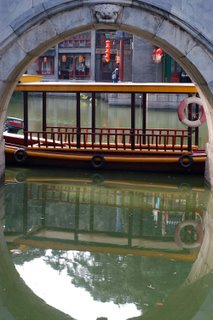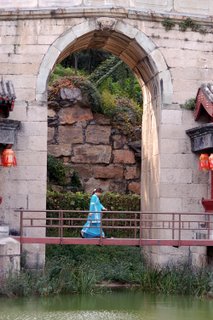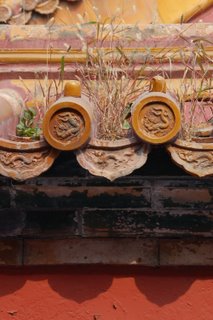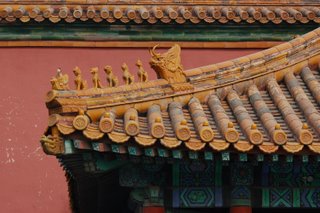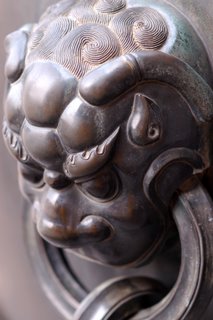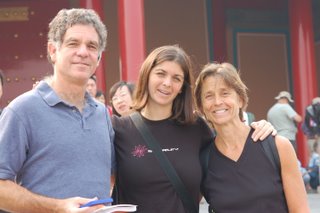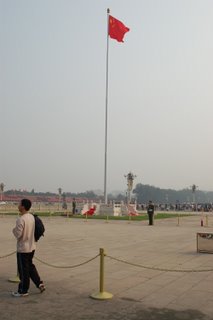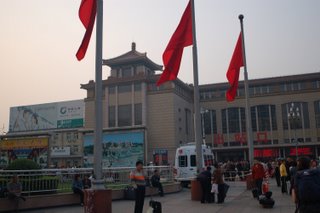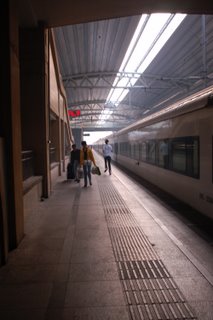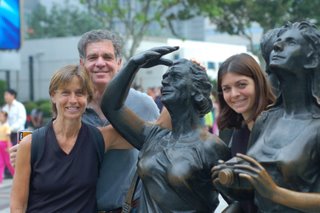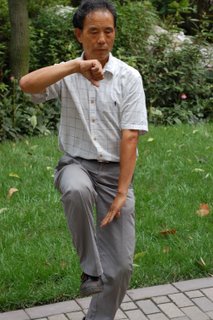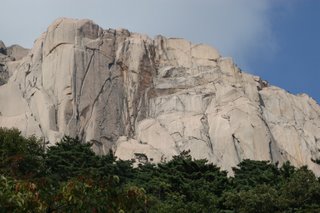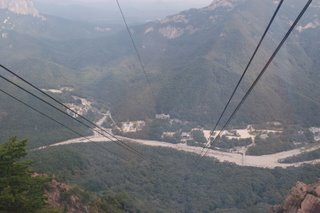
On our second day in Thailand, we took a bus to the
infamous beach-town, Pattaya. The beach is not far from Bangkok, but the snarl of traffic nearly doubles the time it takes to make a one-way trip to 3 hours.

Pattaya is tourist hotspot because of its scenic beaches, beachside messages, and cold beers as well as a
swinging nightlife fuled by the sex industry.

The shore is lined with high-rise hotels, condos, and private residents. The government allows around 40% of the condos to be sold to foreigners.
 Despite restrictions ownership, there were few Thai families scattered along the coast. The patronage was mainly white European.
Despite restrictions ownership, there were few Thai families scattered along the coast. The patronage was mainly white European.
Fences are almost as common as seashells on the beach. Some walls were made of concrete laced with jagged pieces of glass. They highlight the class anxiety that is prevalent in Pattaya.
After sunset, foreigners retreat to their resorts or head downtown. If you're still wandering along the beach, you can't help but feeling like a guest who has over stayed his welcome.
 Lunar New Year is celebrated throughout Asia.
Lunar New Year is celebrated throughout Asia.























 A man pauses to read the paper on a harried street.
A man pauses to read the paper on a harried street. 



